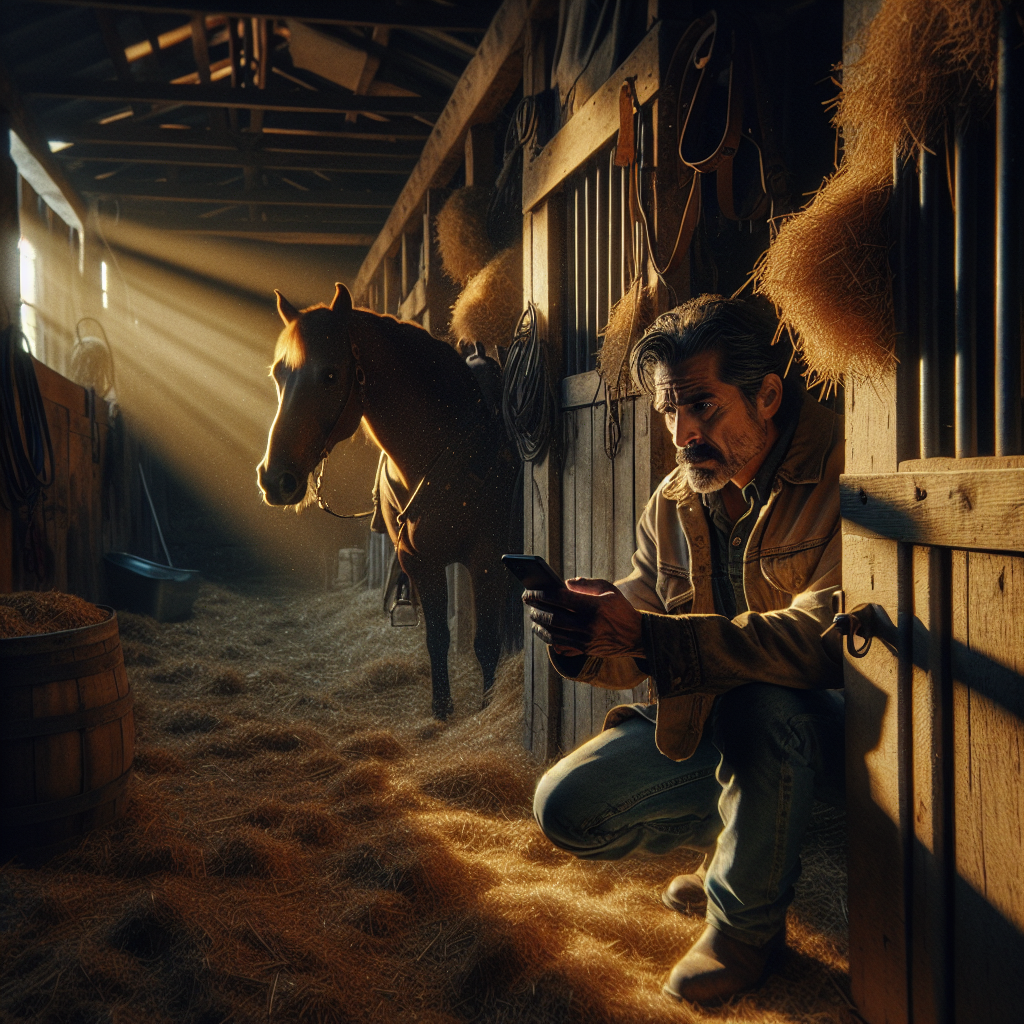AI Horse Health Monitoring Slashes Colic Costs in Tampa

Every barn manager in northern Pinellas County knows the 3 a.m. dread of a horse rolling in pain. Colic remains the leading cause of premature equine death and the single biggest spike in veterinary expenses. Yet most Oldsmar operations still rely on staff observations every few hours. That cadence is no match for a condition that can turn surgical in 60 minutes. An AI horse health monitoring solution Oldsmar FL barns are beginning to deploy offers a different model—round-the-clock data, predictive alerts, and a dramatic reduction in emergency calls.
Why Colic Still Drains Tampa Bay Barn P&Ls
Colic treatment averages $3,000–$7,000 when caught early; surgery can exceed $12,000. Factor in lost training revenue and client churn, and Tampa Bay stables routinely write off five-figure hits each year. The root problem is latency: by the time a groom notices subtle changes in gut sounds or water intake, intestinal damage may already be irreversible. Executives who run equestrian centers, polo clubs, or boarding facilities have long accepted this as “the cost of doing business.” AI makes that assumption obsolete.
How the AI Horse Health Monitoring Solution Oldsmar FL Works
Today’s systems combine three layers of technology:
• Wearable colic early warning sensors for horses Oldsmar barns favor lightweight belly-band devices that measure movement, gut acoustics, and temperature every few seconds.
• An AI feed management system Tampa Bay stables integrate uses smart buckets and weight cells to log hay, grain, and water consumption in real time.
• Cloud-based machine learning models correlate thousands of data points—heart-rate variability, ambient humidity, turnout duration—to flag deviations hours before visible symptoms.
Because the platform is delivered as an equine IoT health tracking Tampa Florida service, installation is minimally invasive. Nodes mesh on low-power networks; data streams to a HIPAA-grade dashboard accessible from any phone. Managers receive a push notification the moment the model detects an elevated risk score, directing staff to walk the horse, administer fluids, or call the vet pre-emptively.
From Reactive to Proactive: Early Warning Saves Lives—and Budgets
Consider a 40-stall boarding barn off Racetrack Road. Before deployment, the operation averaged three emergency colic visits annually, totaling $18,400. Six months after installing AI-powered equine colic prevention Oldsmar sensors, two “likely colic” alerts fired. Both horses were walked and given veterinary electrolytes within 20 minutes; neither case progressed. The annualized vet spend dropped 62 percent, and, perhaps more importantly, the barn’s reputation for safety attracted four new boarders.
Predictive analytics for horse barns Tampa Bay operators appreciate extend beyond colic. The same models now flag laminitis risks based on sudden feed changes, or identify respiratory stress during high pollen days, enabling data-driven decisions about turnout schedules and bedding choices.
Quantifying the ROI: From Hard Savings to Strategic Advantages
Emergency care savings are only the first dividend. Facilities also report:
- Reduced insurance premiums—several carriers offer 5–8 percent discounts once continuous monitoring is documented.
- Labor optimization—night-check staffing can be adjusted, freeing senior grooms for higher-value training tasks.
- Client retention and upsell—owners value transparency; sharing live dashboards justifies premium full-care packages.
- Data-backed breeding and sales—consistent health records enhance valuations at local auctions.
For a 25-horse operation, these factors typically add $35,000–$50,000 to the bottom line within 18 months. That eclipses the upfront hardware and subscription outlay, fulfilling the mandate to reduce emergency vet costs AI Oldsmar ranch managers set.
Implementing Smart Stable Technology: A Local Playbook
Executives who recognize the upside often ask, “Where do we start?” A phased approach works best:
Step 1: Audit existing infrastructure with a smart stable technology consultant Tampa Bay based. They’ll map Wi-Fi dead zones, power availability, and biosecurity protocols.
Step 2: Begin with a pilot cohort—usually the older or higher-value horses—so staff can refine workflows without overwhelming change management.
Step 3: Integrate feed and water sensors next; establishing baselines is critical for machine-learning accuracy.
Step 4: Formalize SOPs. The AI is an assistant, not a replacement. Grooms still palpate pulses; vets still scope when warranted. Clear escalation protocols ensure the tech amplifies, rather than replaces, human expertise.
Step 5: Expand across the facility and connect data to financial KPIs. When the CFO sees vet and labor line items trending down while occupancy climbs, ongoing investment becomes a non-issue.
Local resources make adoption easier. The Tampa Bay Innovation Center runs workshops on edge computing in agriculture, and Hillsborough Community College’s Equine Science program offers interns versed in IoT maintenance.
Future Horizons: A Data Flywheel for Competitive Edge
As datasets grow, the AI will move from single-barn insights to regional benchmarks. Imagine receiving a push alert that colic incidents in the wider Tampa corridor are spiking due to a sudden barometric swing, allowing you to pre-hydrate horses before trouble starts. Coupled with anonymized data sharing agreements, Oldsmar can become a showcase for precision equine management, attracting sponsors, events, and high-net-worth clientele.
In short, AI is not a gadget—it is operational infrastructure, as fundamental as arena footing or hurricane insurance. The barns that adopt it early will set the performance and profitability standard others must meet.
Ready to unlock the power of AI for your business? Contact EarlyBird AI today for a free consultation and discover how our tailored solutions can drive growth and efficiency for your Tampa Bay enterprise.